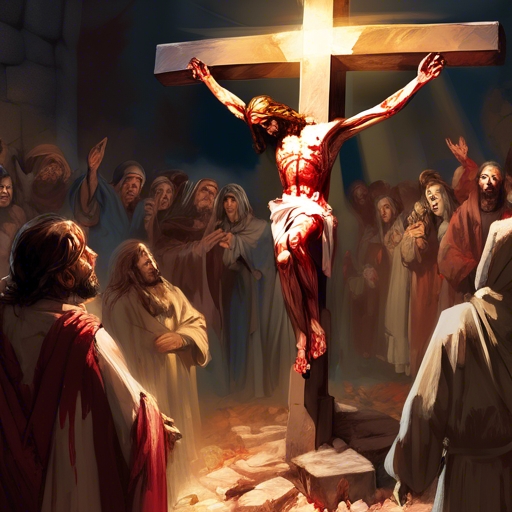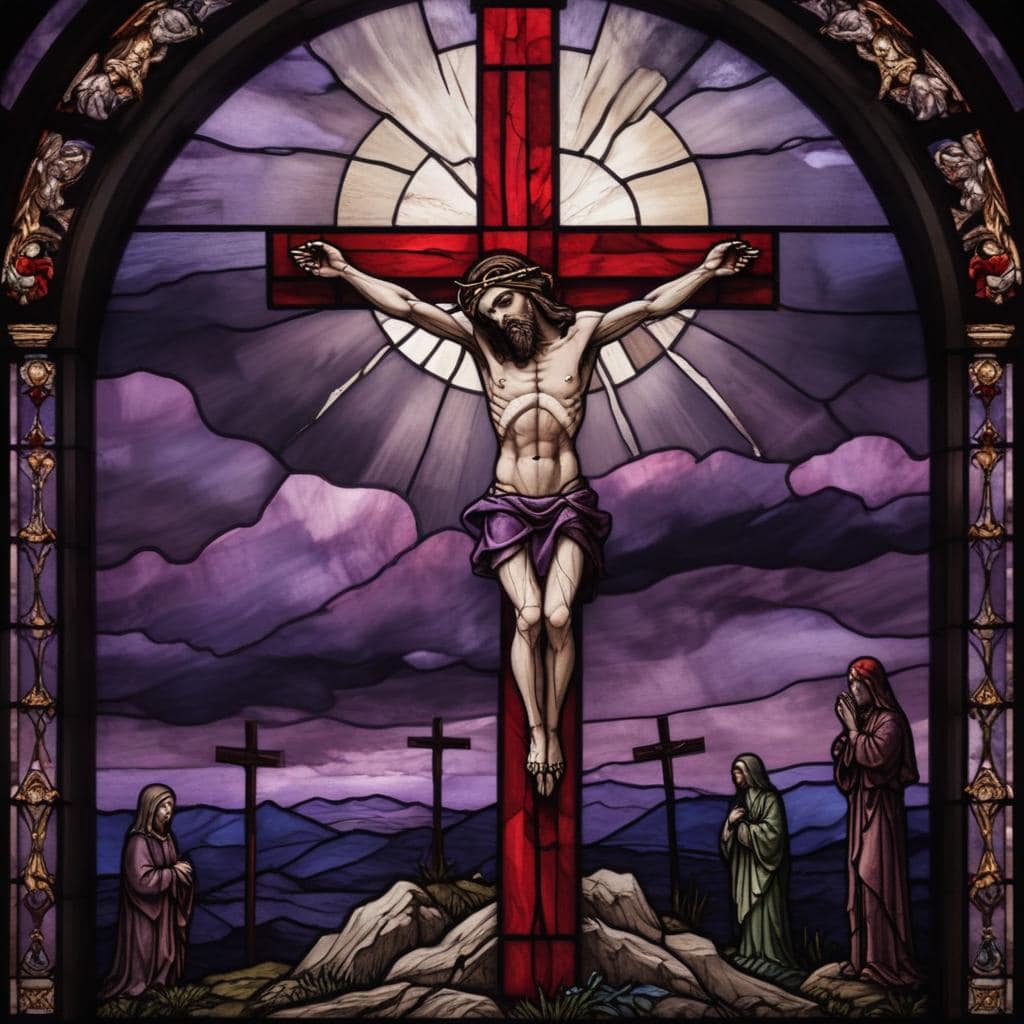Introduction

In the Christian faith, the crucifixion and resurrection of Jesus are two of the most significant events that are celebrated each year during Easter. These events are central to the belief that Jesus died for the sins of humanity and rose again, demonstrating his victory over death. Understanding the significance of these events can help deepen one's faith and appreciation for the sacrifice that Jesus made on behalf of his followers.
People

Jesus Christ
Jesus Christ is the central figure in the Crucifixion and Resurrection story. Believed to be the Son of God, he was crucified on the cross as a sacrifice for the sins of humanity. Three days after his death, he rose from the dead, demonstrating his victory over sin and death.

Virgin Mary
The Virgin Mary is the mother of Jesus. She played a crucial role in the events leading up to the Crucifixion and was present at the foot of the cross during his death. She also witnessed his resurrection, a moment of great joy and hope for all believers.

Pontius Pilate
Pontius Pilate was the Roman governor who ordered the crucifixion of Jesus. Despite finding no fault in Jesus, he succumbed to pressure from the Jewish leaders and sentenced him to death. His role in the Crucifixion highlights the political and religious tensions of the time.

Simon of Cyrene
Simon of Cyrene was compelled to carry the cross for Jesus on the way to Golgotha. Although initially reluctant, he ultimately accepted the task and played a significant role in the Crucifixion narrative. His act of compassion and service is remembered to this day.

Mary Magdalene
Mary Magdalene was a devoted follower of Jesus who witnessed both his Crucifixion and Resurrection. She was the first person to see Jesus after his resurrection, making her a central figure in the early Christian tradition. Her unwavering faith and loyalty are celebrated in religious texts and art.
Events

The Arrest of Jesus
Jesus was betrayed by Judas Iscariot and arrested by the Roman soldiers in the Garden of Gethsemane. He was then brought before the high priest Caiaphas and the Sanhedrin for questioning.

The Trial of Jesus
Jesus was accused of blasphemy and claiming to be the Son of God, which was considered a crime by the religious leaders. He was then taken to Pontius Pilate, the Roman governor, for a trial.

The Crucifixion of Jesus
Despite Pilate finding no fault in Jesus, the crowd demanded his crucifixion. Jesus was then flogged, mocked, and forced to carry his own cross to Golgotha where he was nailed to the cross.

The Death of Jesus
After hours of suffering on the cross, Jesus finally gave up his spirit and died. The sky darkened, the earth shook, and the temple curtain was torn in two, signifying the significance of his death.

The Burial of Jesus
Joseph of Arimathea, a secret disciple of Jesus, asked Pilate for the body of Jesus and placed it in a tomb. The tomb was sealed with a large stone and guarded by Roman soldiers.

The Resurrection of Jesus
On the third day, Mary Magdalene and other women went to the tomb and found it empty. They were met by angels who told them that Jesus had risen from the dead, just as he had foretold.

Jesus Appears to His Disciples
Jesus appeared to his disciples multiple times after his resurrection, showing them his wounds and proving that he was indeed alive. He also gave them the Great Commission to spread the Gospel to all nations.

The Ascension of Jesus
Forty days after his resurrection, Jesus ascended into heaven in the presence of his disciples. He promised to send the Holy Spirit to empower them for their mission on earth.

The Impact of Jesus' Death and Resurrection
The crucifixion and resurrection of Jesus are central to the Christian faith, symbolizing redemption and victory over sin and death. His sacrifice is believed to have atoned for the sins of humanity and opened the way to eternal life.
Conclusion

In conclusion, the crucifixion and resurrection of Jesus are central events in Christian belief. These events are seen as a demonstration of God's love for humanity and as a way to bring salvation to all who believe in Him. The crucifixion represents Jesus' sacrifice for the sins of humanity, while the resurrection signifies His victory over death and sin. Together, these events form the basis of the Christian faith and serve as a reminder of the hope and redemption that Jesus offers to all who follow Him.

